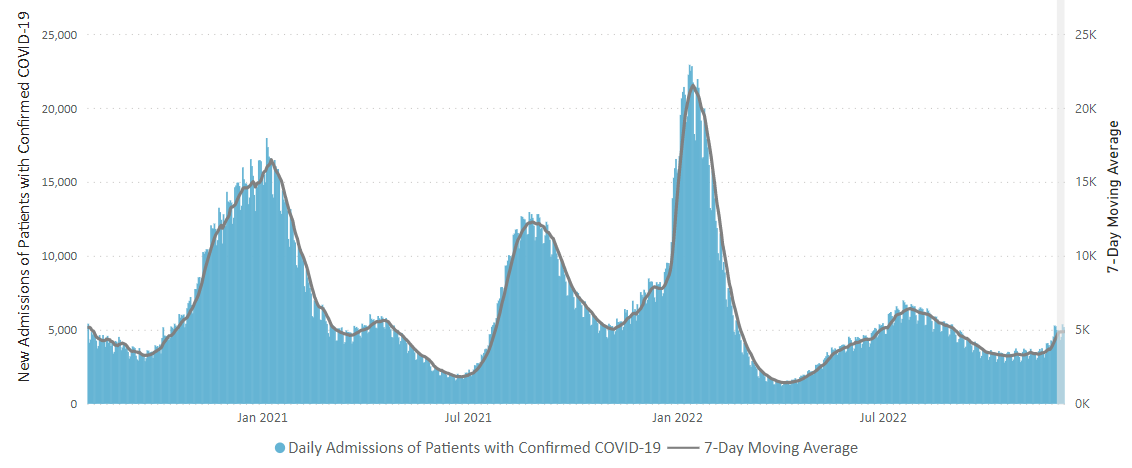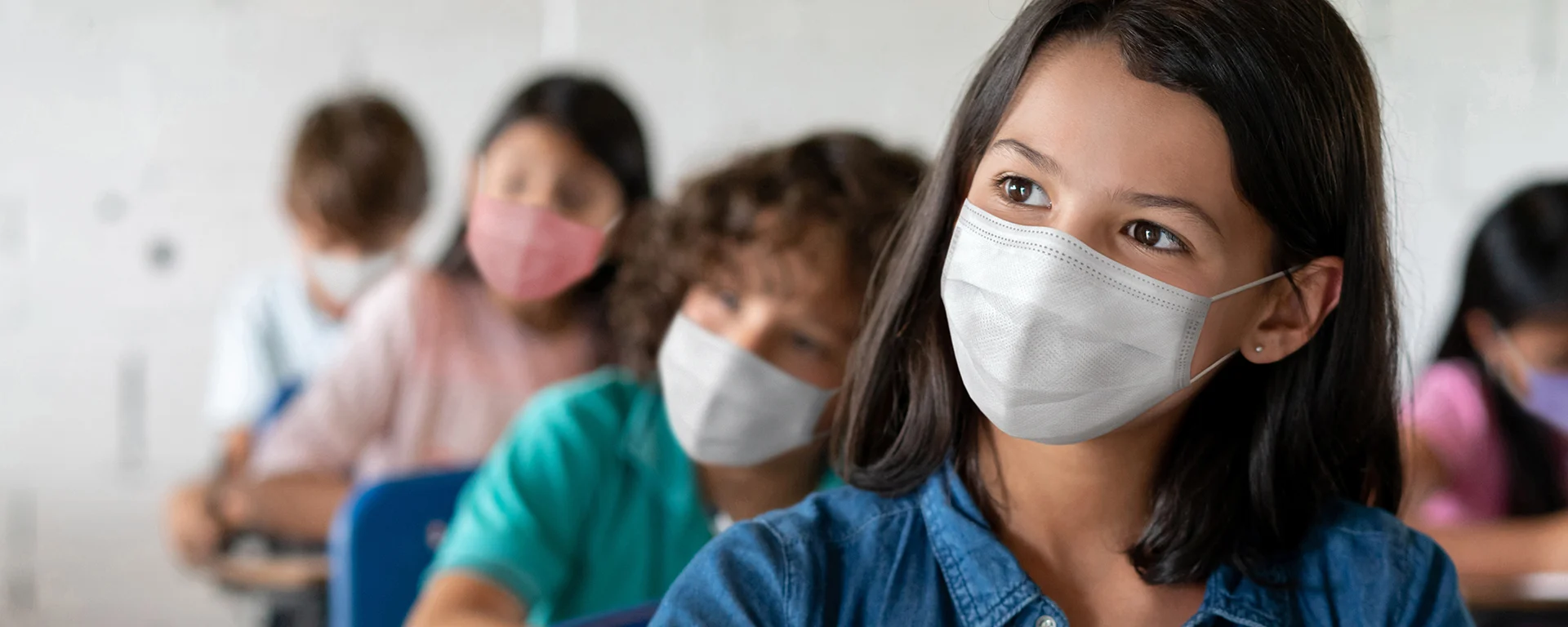The Winter BQs
BA.5’s most successful babies, BQ.1 and BQ.1.1, are now the most common COVID variants in the US. That might not be such a bad thing.
Hi. My name is Liz, and I hate winter.
Months of cold weather and afternoon darkness. And not enough exercise, because getting out the door when there’s snow everywhere is frankly a pain in the rear. (Yes, I live in New England. How did you know??)
In the Age of COVID, winter has come to mean something else too: the introduction of the newest viral variant. Last year at this time we were just getting familiar with Omicron, and we had no idea what a beast it would be. Over the last 12 months, it’s never loosened its grip. Instead it’s evolved, producing subvariant after subvariant, each one better than the last at getting around our defenses.
Who are BQ.1 and BQ.1.1?
The latest Omicron offshoots to take the lead are called BQ.1 and BQ.1.1. In October, they took over from their parent, Omicron BA.5, which had been the dominant variant since the summer. What makes them special — especially BQ.1.1 — is their ability to infect people who already have some COVID immunity. Plus, BQ.1.1 is resistant to all the monoclonal antibody (MAb) treatments we have. That’s a huge problem, because MAbs are super important COVID treatments for people whose immune systems don’t work well.
But there’s something else that’s new about these two variants — and for once, it’s not something depressing. Since the BQs have been in charge in the US, the rate of hospitalization of people with COVID hasn’t changed much.
New variants, but no new wave of hospitalization
Take a look at the chart below from the CDC, which shows the number of people admitted to the hospital with COVID in the US over time. The giant spike around January 2022 is the first Omicron wave. The hump that comes after it, around July 2022, happened when Omicron BA.5 was number one. See the flattish section after that? That’s the BQ era.
Why does this matter? Because, as COVID expert Eric Topol noted, this is the first time that a variant that can get past our immune defenses hasn’t caused a new wave of serious illness.
To put it more simply: When the BQs first took over, we didn’t see a ton of people getting super sick all at once. It’s the first time that’s happened since the pandemic started.
But, but, but, but, but
This is where I tell you that no, I don’t know if that means the pandemic is really and truly over. It doesn’t mean you’re guaranteed to be fine if you get COVID — especially if you’re over 65 and/or have other health problems that put you at high risk. It doesn’t mean you shouldn’t bother getting the most recent booster. Even though the booster isn’t perfect, you’re still less likely to get COVID if you’ve had it, and even less likely to get very sick if you do get infected.
The thing about the pandemic is that it’s not just what the virus does that matters. What we do, matters too. See that tiny little upswing at the end of the chart? That’s the couple of weeks after Thanksgiving— the beginning of the holiday season. Remember, BQ.1 and BQ.1.1 are incredibly contagious. So if you’re getting together with other people indoors and unmasked, and someone has COVID, other people in the group are going to get it too. It might not be you — it might be your 77-year-old mother, or the four-month-old baby your cousin’s friend brought to the party.
Winter is just getting started. Hopefully, the BQs will be kind to us, at least by Omicron standards. We can help make the winter a little better by taking sensible steps to keep safer — wearing masks in crowded public spaces, improving ventilation and air cleaning in our buildings, staying up to date on our vaccines, and testing when we feel sick and also at least twice before we go to big social gatherings. Maybe then we can have a garden-variety winter — and I can go back to complaining about nothing worse than cold weather, darkness, and snow.







